In the expansive and ever-expanding field of visual arts and communication, human poses hold a profound importance. The rich vocabulary of the body is something that artists and communicators have leveraged for millennia, from cave paintings to the odalisque portrays of the 19th century or expressive gestures in modern dance. The way a person stands, sits, poses themself, and gestures can reveal their feelings and emotions, tell stories, and communicate intentions without words.
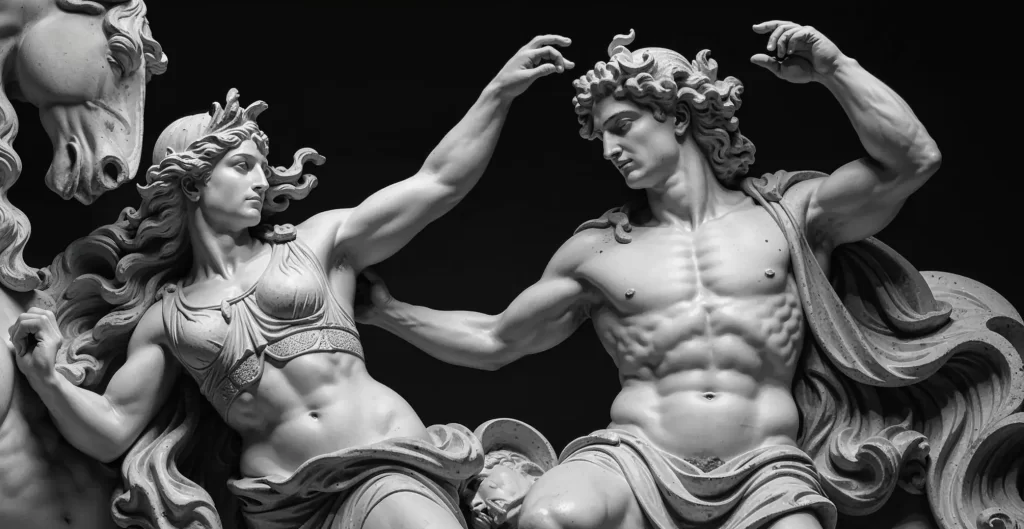
Postures can also convey cultural values or portray historical and artistic narratives. For example, the authoritative Adlocutio pose in Roman art symbolizes the power and responsibilities of leadership, the Pudica pose embodies modesty and virtue, and the contorted Figura Serpentinata captures dynamism and emotional intensity.
Famous Poses in Art: Storytelling and Sparking Debate
One of the most iconic and well known poses in art is that of Michelangelo’s David, a recognizable and revered work of Renaissance sculpture. The statue embodies balance and naturalism through its distiguished contrapposto stance. This positioning, the gentle S-shaped bend across the torso, create a sense of fluidity and impending movement. David is ready to spring into action.
Surprisingly, Michelangelo made the artistic choice of capturing the biblical hero in a moment of anticipation before the battle. Predecessors depicted David as already triumphant over Goliath. The figure’s tense yet relaxed, self-confident pose, with the nearly imperceptible slingshot thrown over his shoulder, highlights David’s victory as one of intellect and wit over brute strength.
Another intriguing and controversial example is Balthus’s famous painting, “Thérèse Dreaming“. In the painting, the young girl is depicted seated on a chair, lost in her thoughts, with her knees apart and one leg raised to rest on the chair, exposing her underwear. The openness and vulnerability of the pose contrast starkly with her contemplative expression. The pose communicate multiple layers of meaning: from innocent abandonment to thought or dream, and a natural posture reminiscent of historical reclining figures (ex. “A reading girl” by Fritz von Uhde, “La Maja Desnuda” by Francisco Goya), to more provocative interpretations related to the viewer’s voyeuristic gaze.
This later aspect of the painting has sparked considerable debate about the artist’s intentions and the broader implications of his choices. It was also argued that Balthus’s use of pose here is strategic, inviting viewers to reflect on the innocence of youth, the complexities of growing up, and the often uncomfortable intersection between the two. In this interpretation, Thérèse’s pose becomes a powerful narrative tool, embodying themes of innocence, vulnerability, and the subjective nature of observation.
Human Poses in Tengr.ai
Human poses play an equally important role when creating images with the help of generative AI models. They significantly influence the dynamism and lifelike appearance of the AI-generated visuals.
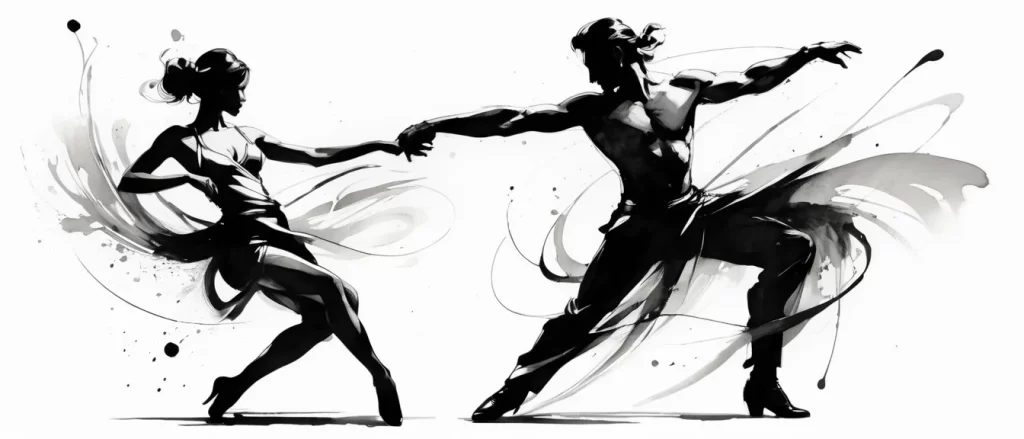
A well-executed pose can infuse an image with movement and vitality, making it more engaging. On the other hand, a poorly depicted pose can leave an image feeling static and lifeless, thereby reducing its overall impact. Nonetheless, it can be quite challenging to accurately describe specific poses in image generation prompts and achieve the exact desired results.
To overcome the challenges of accurately prompting for specific poses, Tengr.ai has introduced the Human-guided-pose processing mode, accessible under the “New from Image” tab.
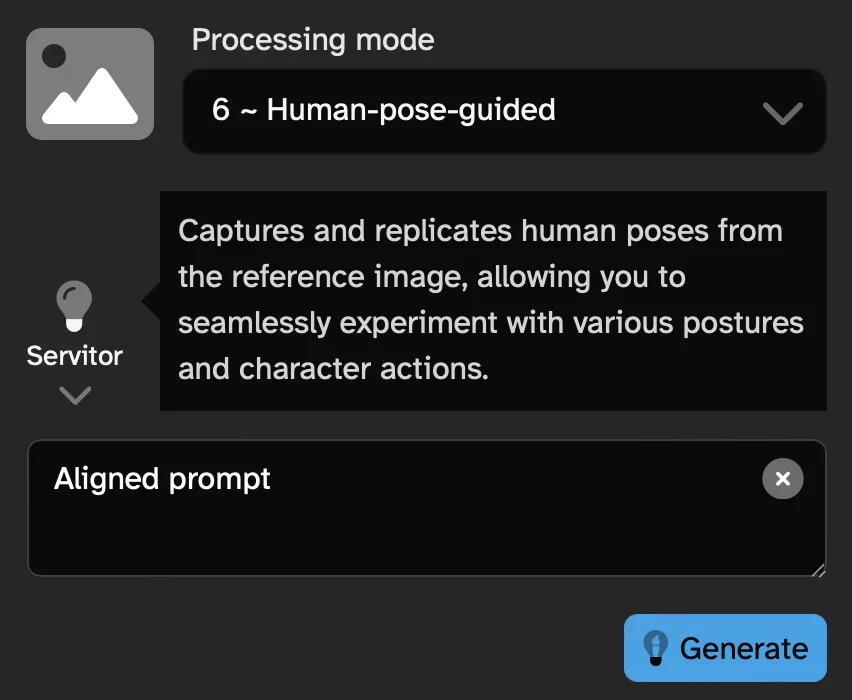
This feature enables users to provide a reference image that predominantly features a humanoid figure in the desired pose. The technology then aims to match the pose in the reference image with the user’s prompt, creating aesthetically pleasing imagery that considers both elements.
For instance, in the example below, we reimagine David as a contemporary fashion model adopting the contrapposto stance. We achieve this by using a picture of the statue as a reference image in the Human-pose-guided processing mode and detailing our vision (modern look, sunglasses, black shorts, sunset etc.) in the prompt field.
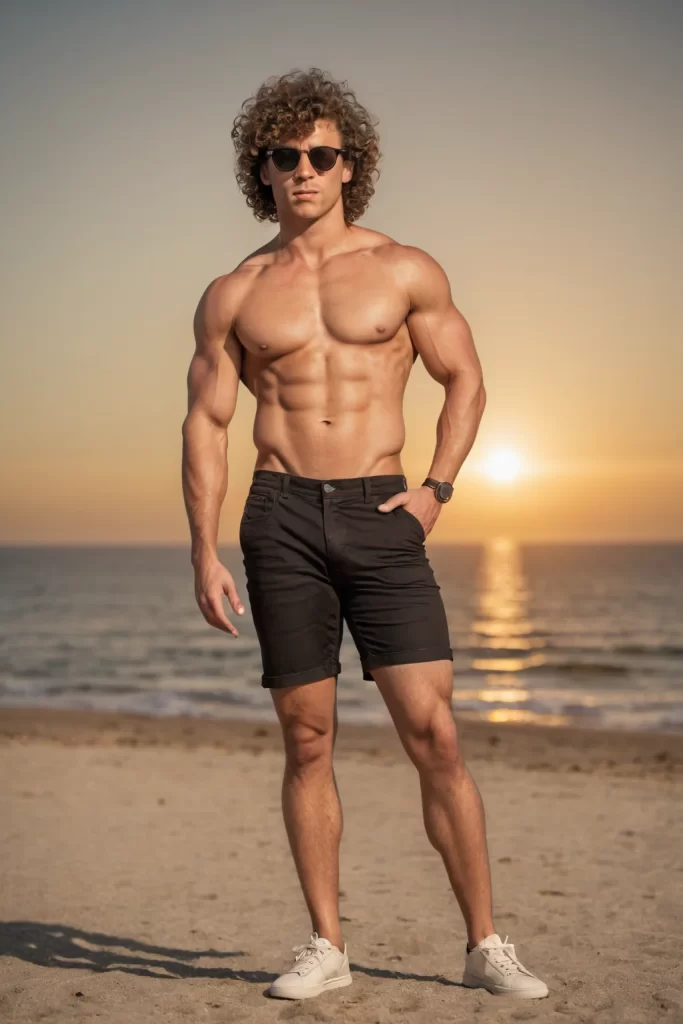
It is important for the prompt to align well with the reference image to avoid confusing the AI model. This will maximize the likelihood of a relevant result that depicts the desired human pose.
Designing Custom Poses
We can use user-friendly 3D model posers like PoseMyArt or JustSketchMe to precisely customize every joint and limb of human avatars, enabling the creation of exact poses and stances.
In addition, these platforms feature extensive libraries of preset poses, covering everything from simple daily actions to complex scenarios like dance or combat. Each limb can be further moved and rotated in 3D, offering full control over the pose configuration.
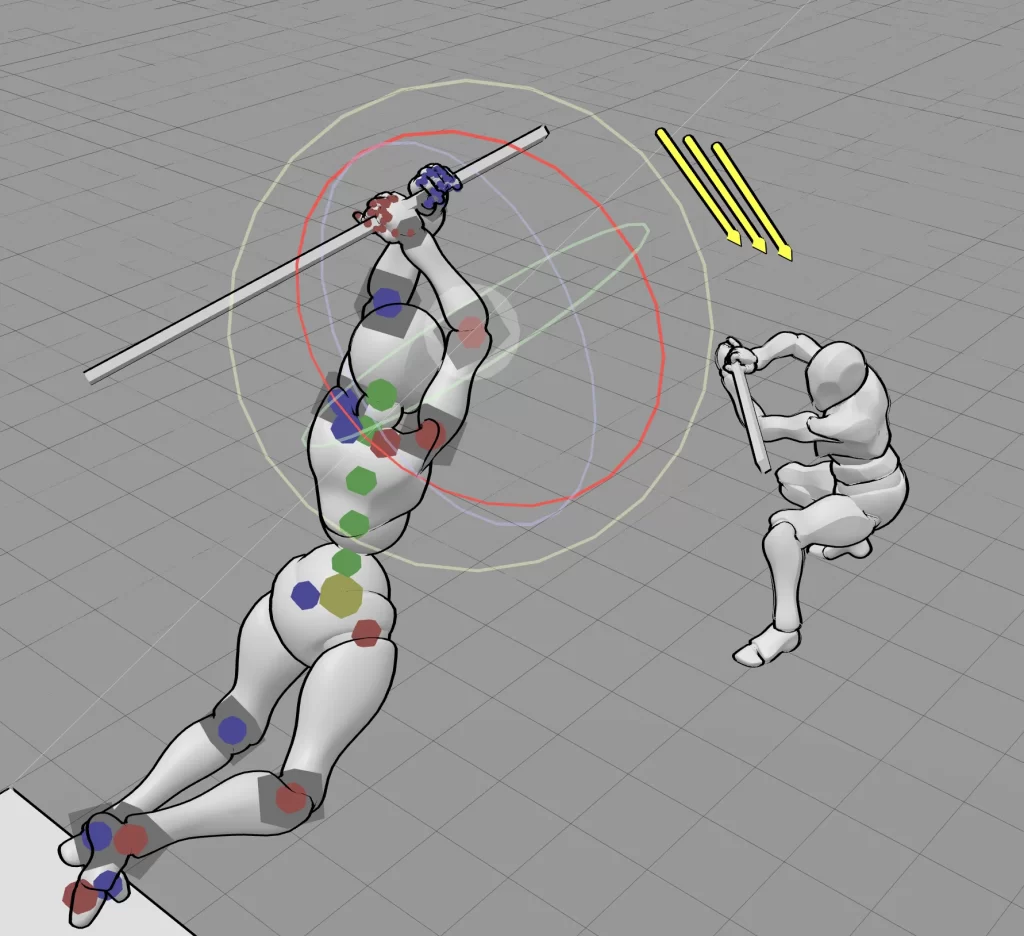
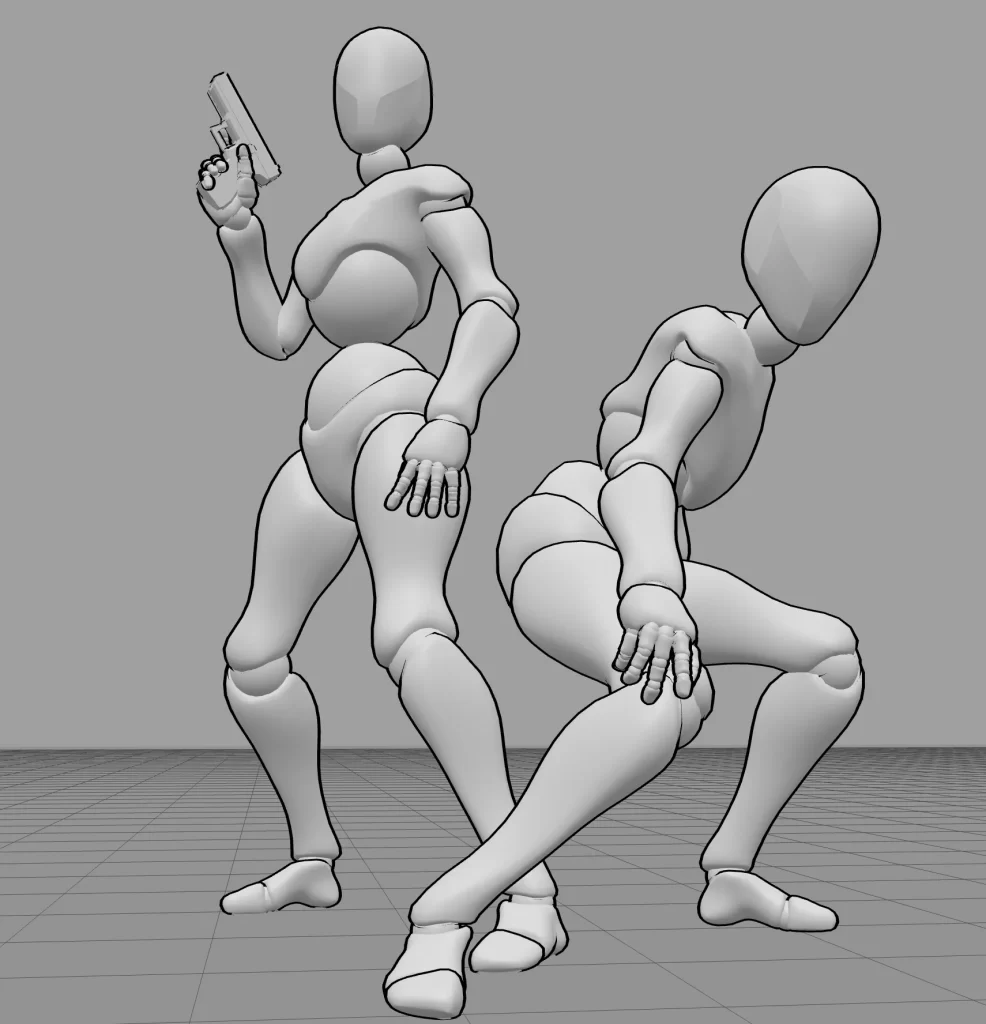
By integrating a 3D avatar poser into their workflow, Tengr.ai users gain access to a practical way for streamline the creation and adjustment of poses, that suites their project requirements.
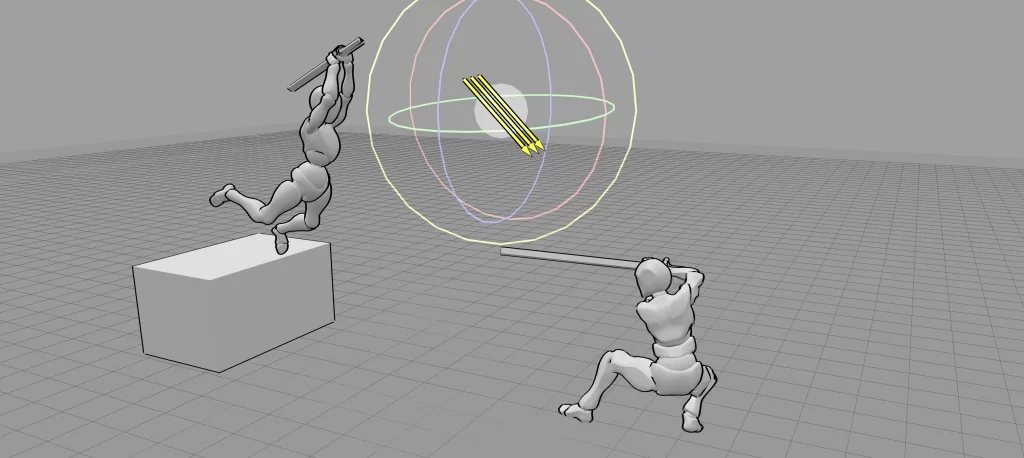
Showcasing Human-Pose Guided Generation
Human-pose-guided generation offers a fascinating range of possibilities for character depiction across various scenarios. Here are two illustrative examples.
The male Taekwondo kick pose has been utilized to create some action-packed scenes reminiscent of 80s and 90s action movie heroes. This pose captures the intense motion of martial arts and adapts seamlessly to various character archetypes. From James Bond-style spies clad in elegant suits to rugged characters donning leather jackets, each depiction is enhanced by a backdrop of thrilling explosions. The pose’s consistent reproducibility allows for the generation of high-energy action scenes across different contexts.
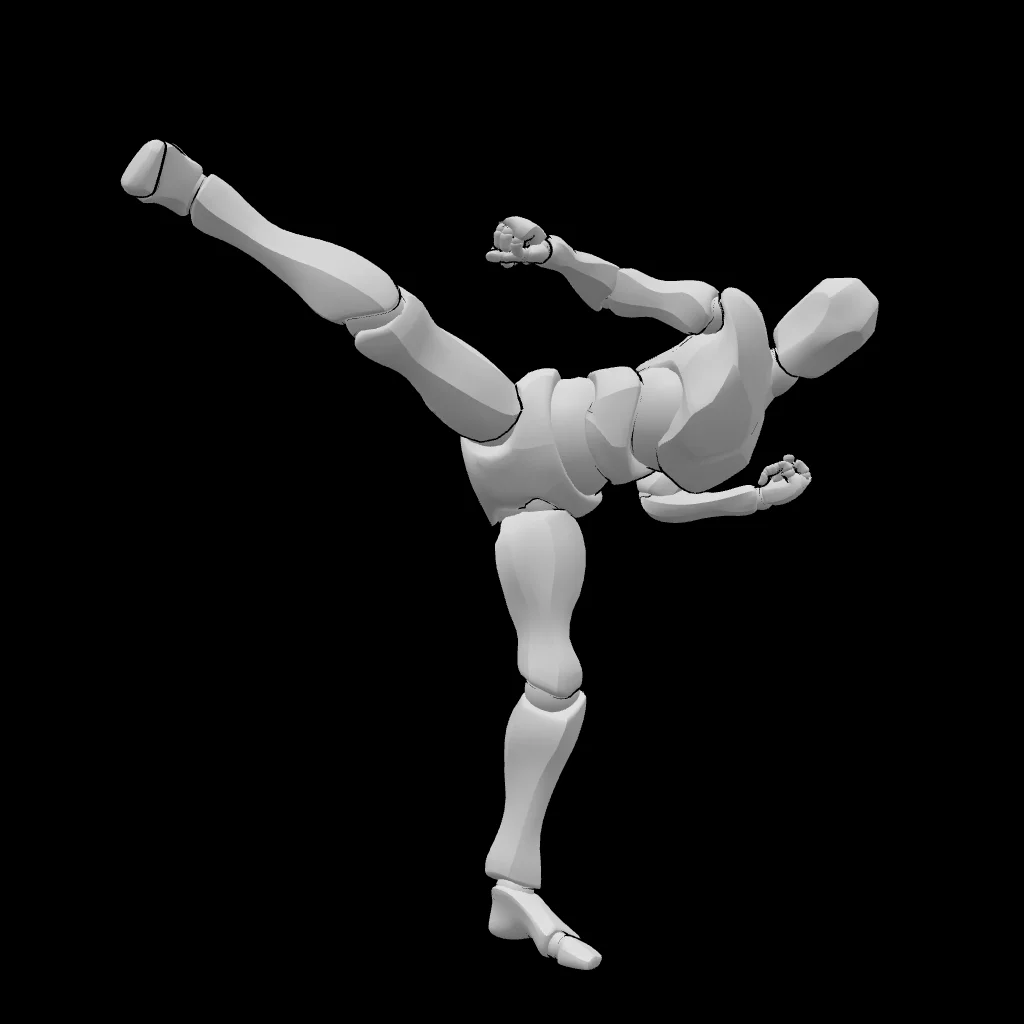
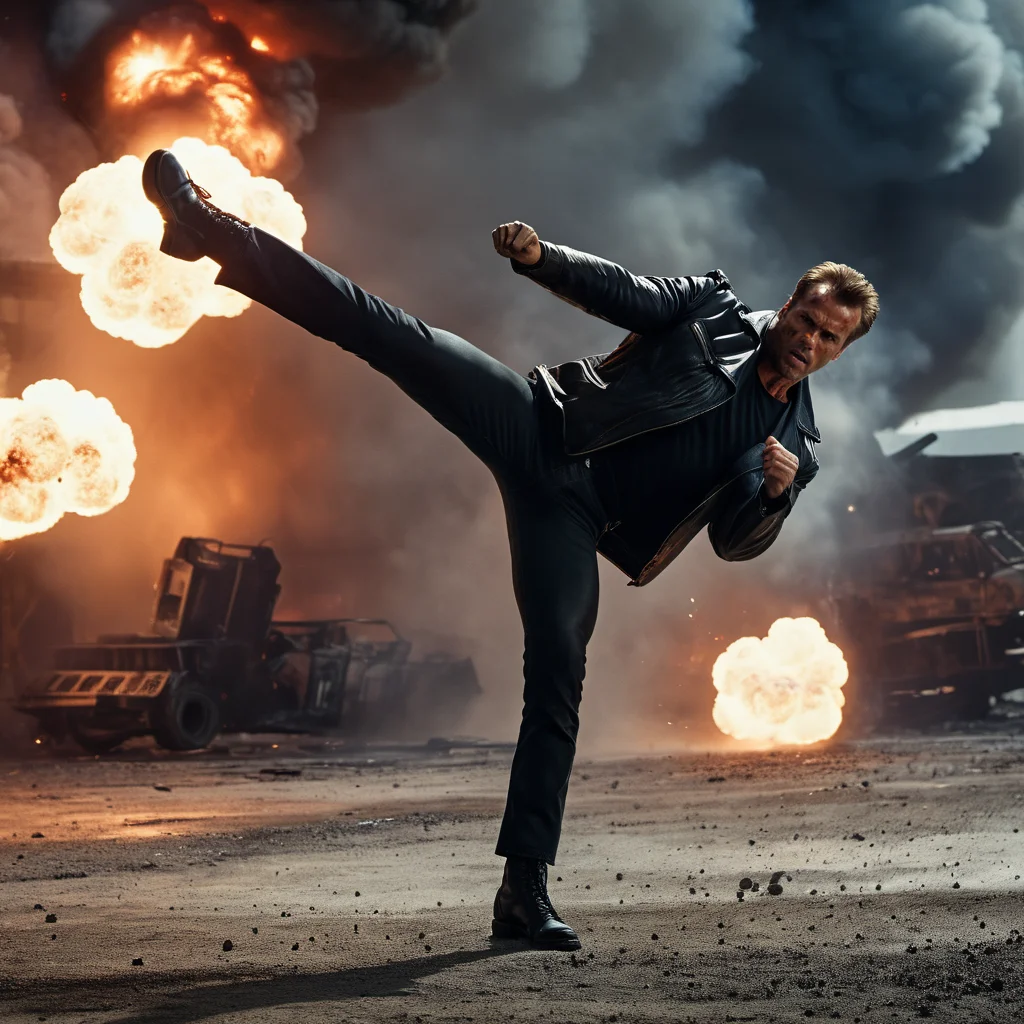
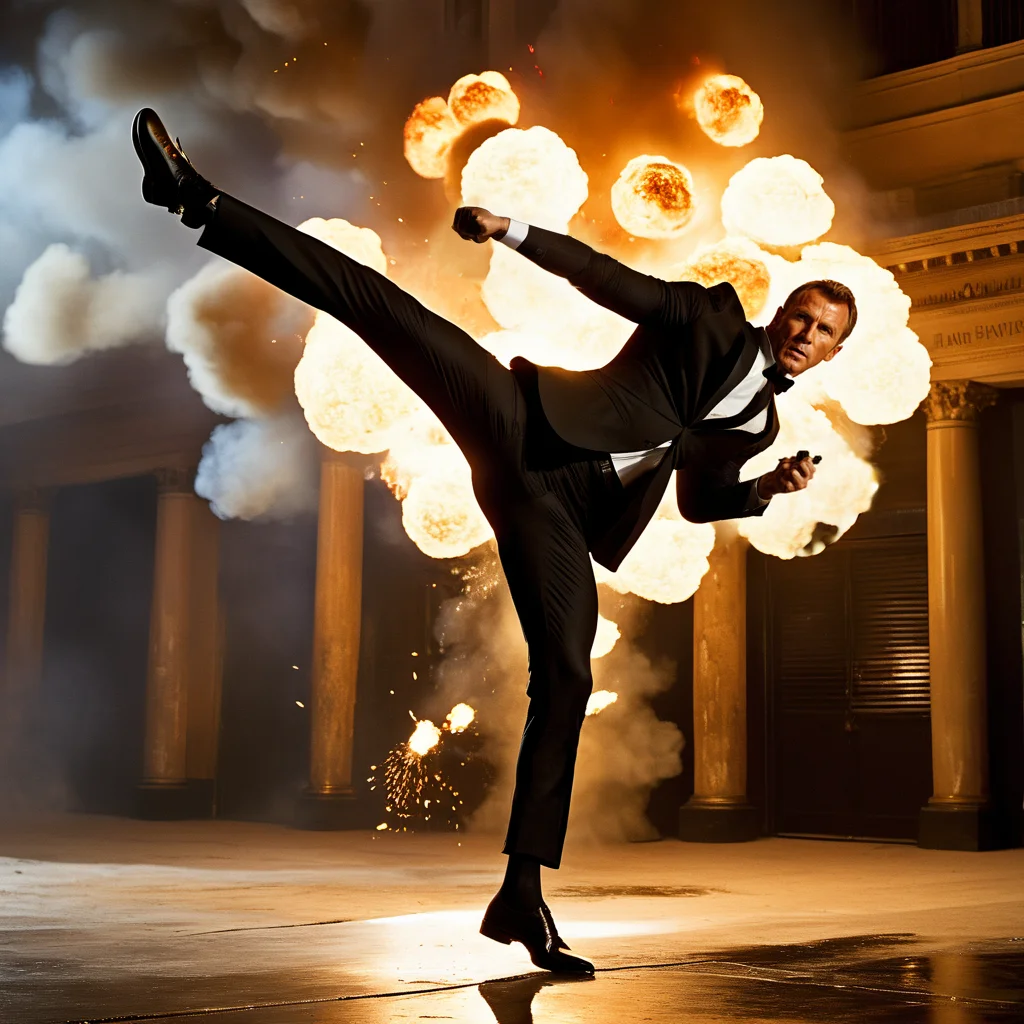
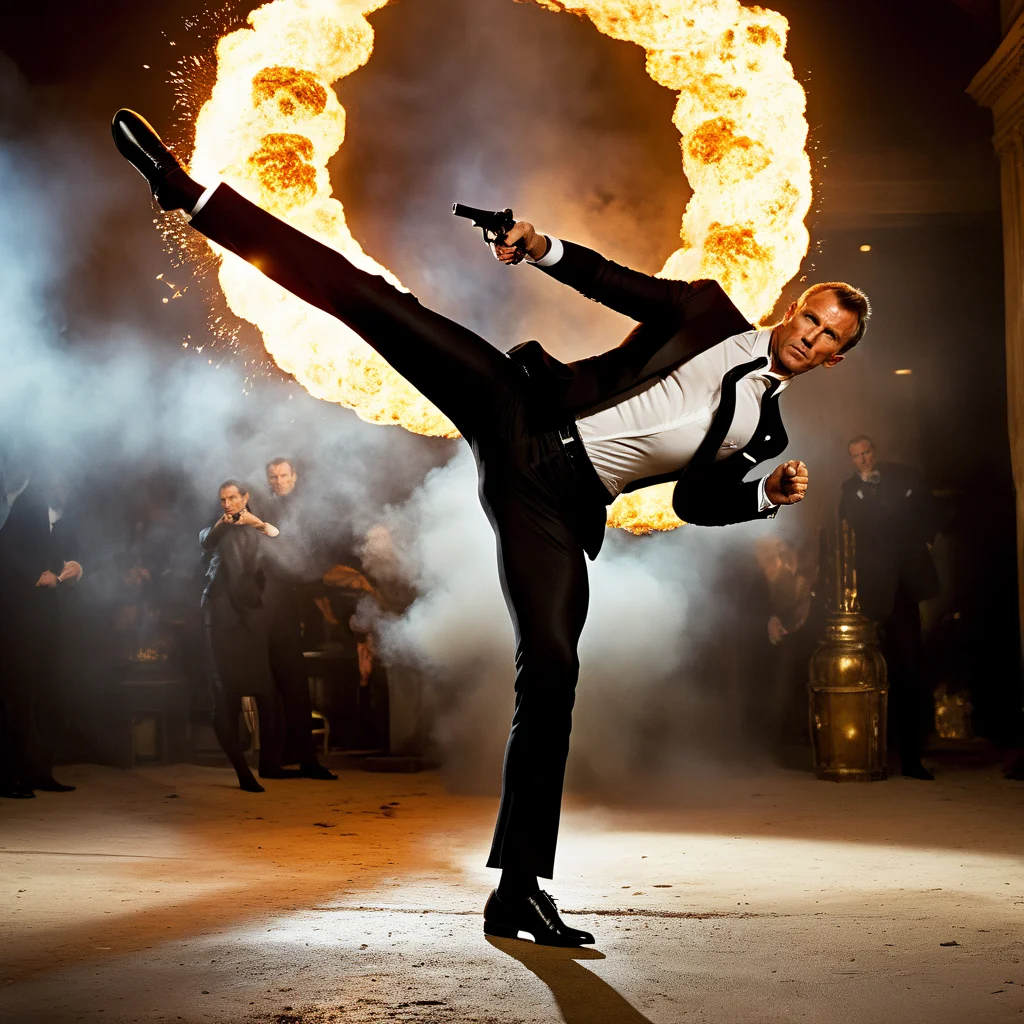
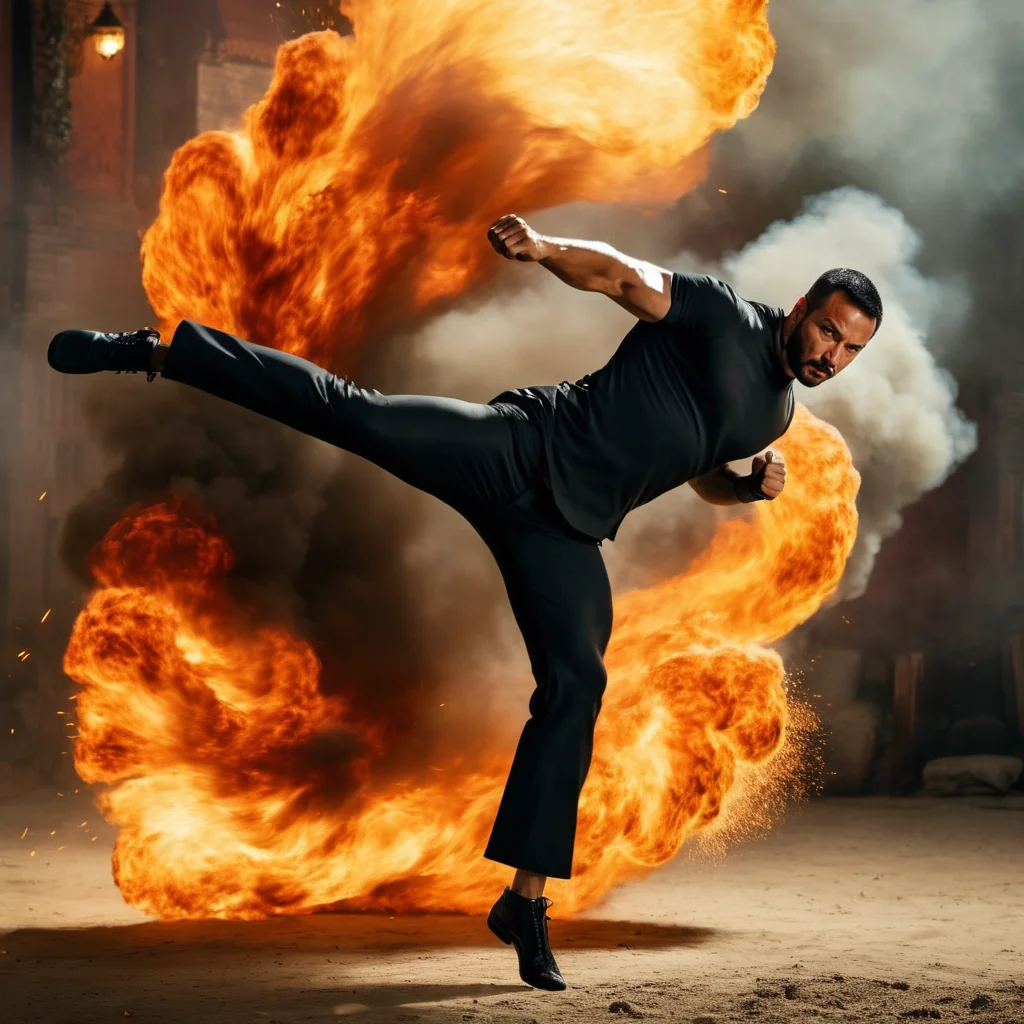
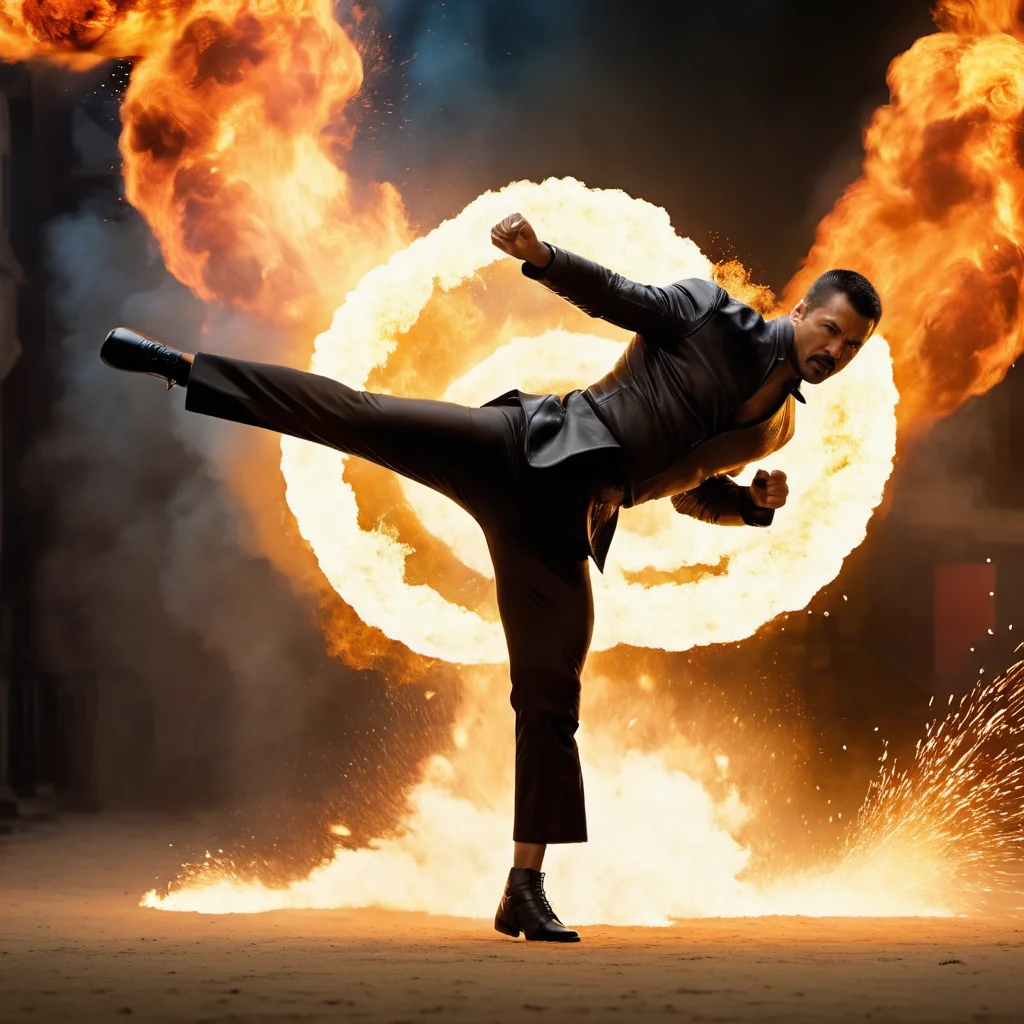
In the second example, the female bar counter pose is used to exemplify how more subtle and static poses can be copied and used effectively. In this scenario, a glamorous femme-fatale type character is depicted leaning on a bar counter with crossed legs. This pose is well-suited for spy-movie settings, where the character’s poise and elegance are defining.
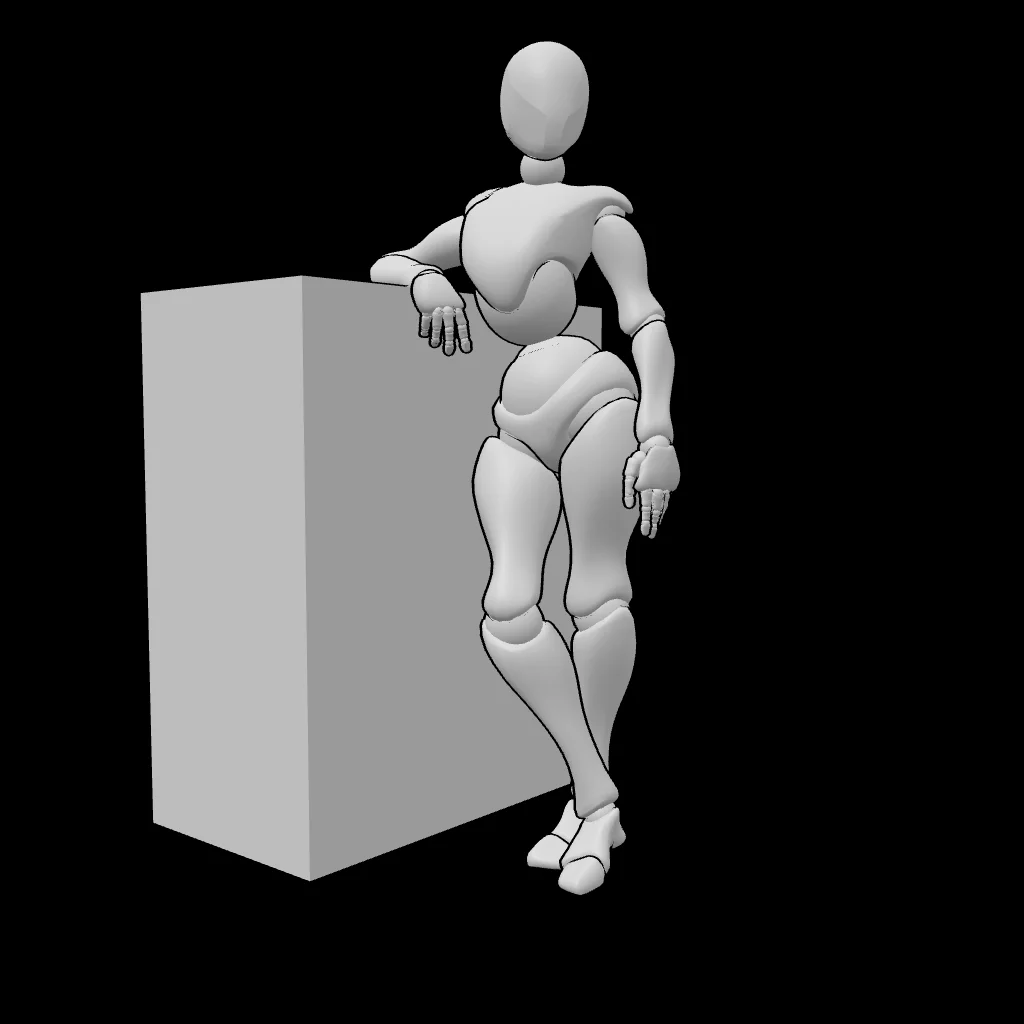
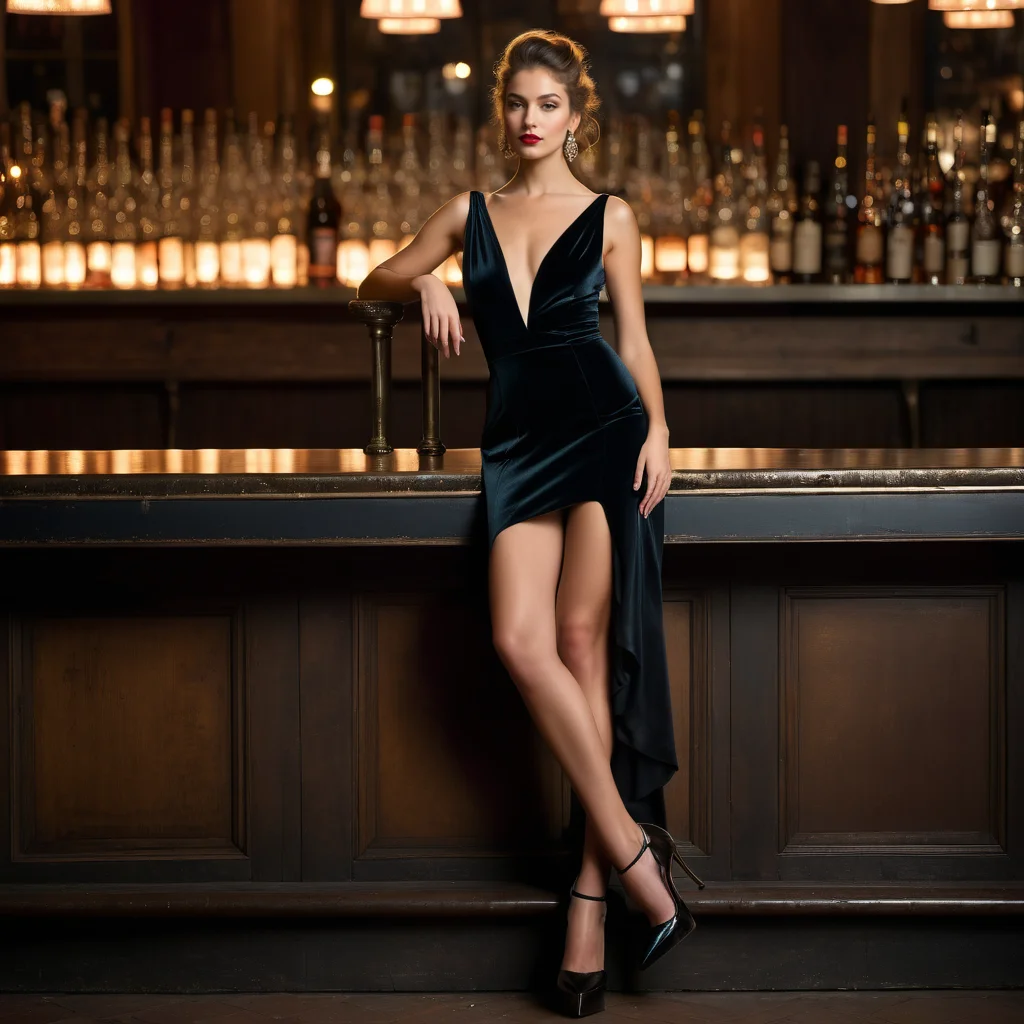
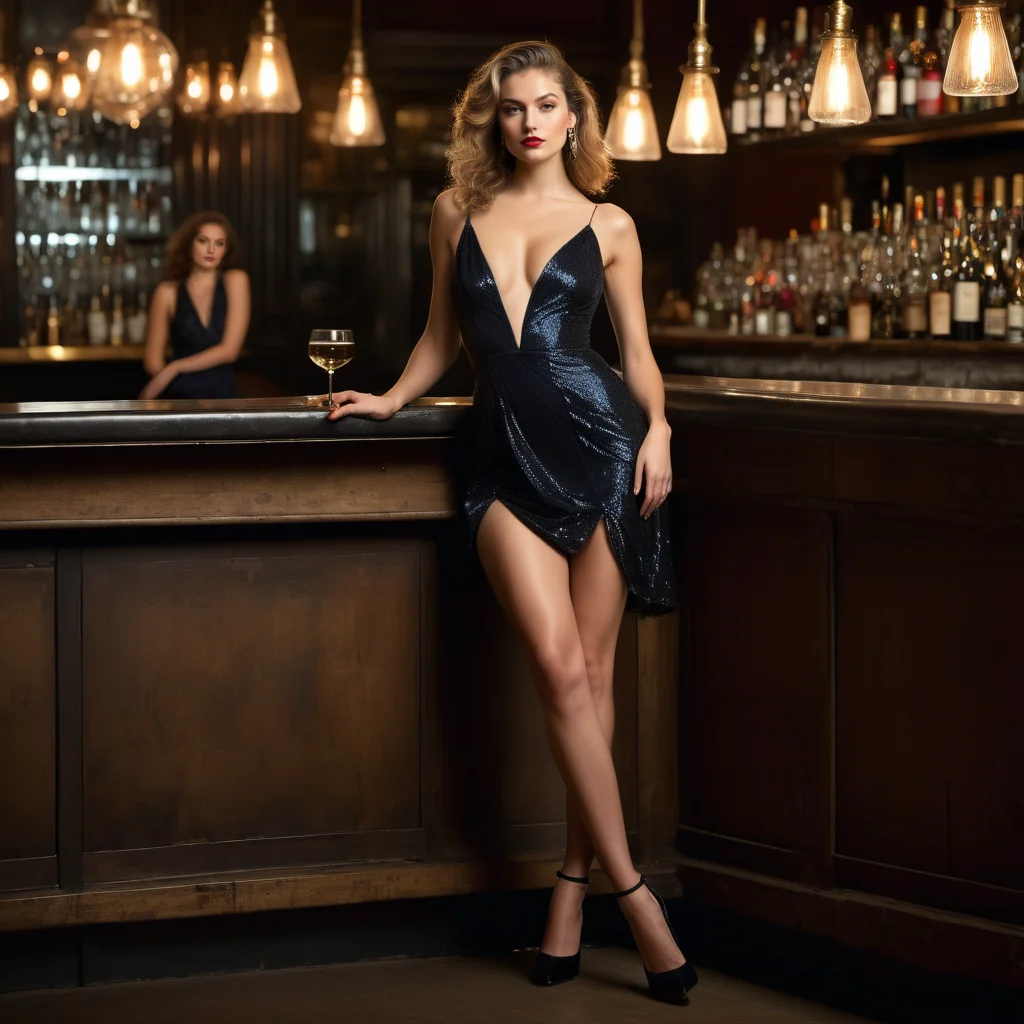
Conclusions
Poses play a vital role in visual media and art, serving as a fundamental element in conveying emotion, narrative, and character. Throughout this blog post, we have explored various examples.
We’ve seen how poses can serve as a cornerstone for storytelling and thematic expression, from the dynamic kicks of action heroes to the poised elegance of mysterious figures in a bar setting. We’ve presented how users can configure 3D avatars to obtain compelling visual results using Tengr.ai’s human-pose guided processing mode.
We hope that users will take full advantage of the human-pose guided mode to create customized and contextually rich scenes. This tool is designed to assist in transforming your artistic visions into reality.
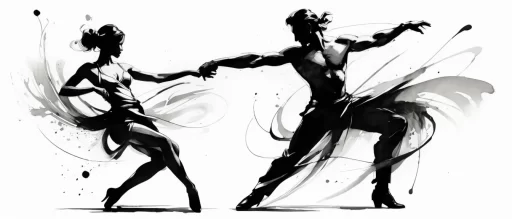
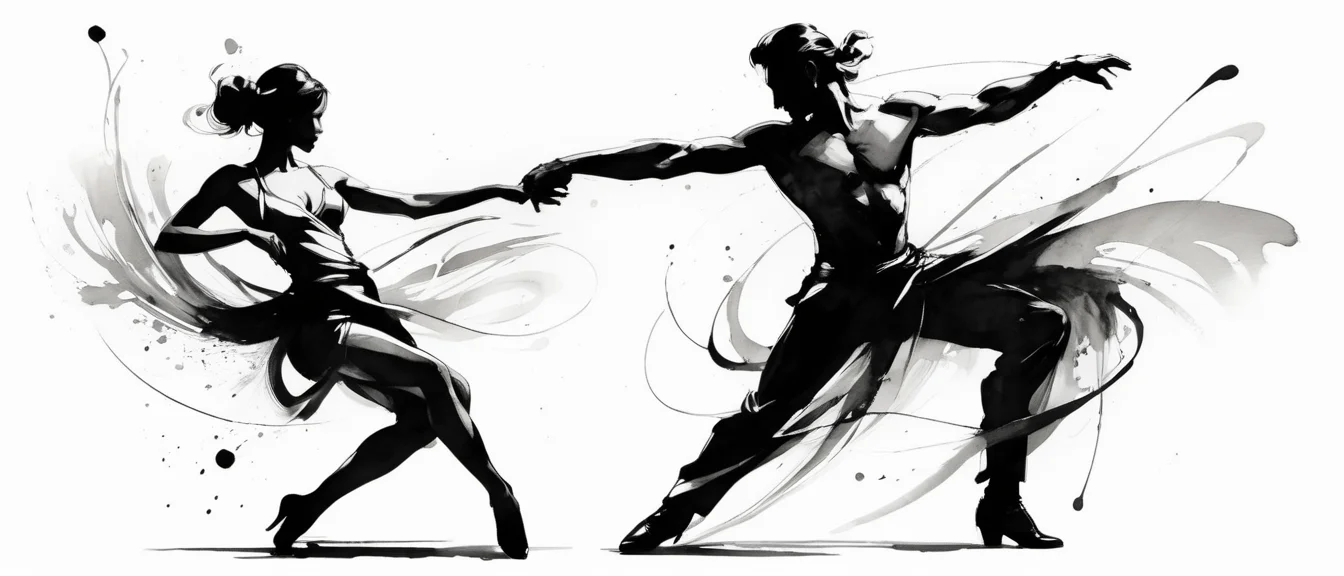
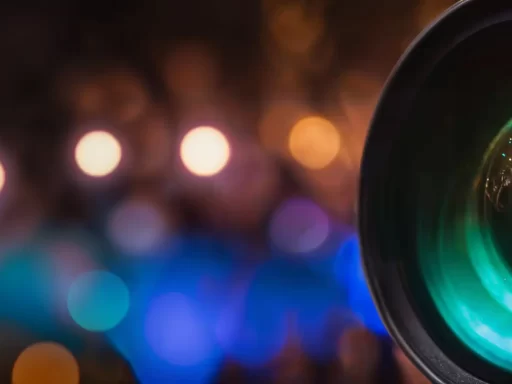
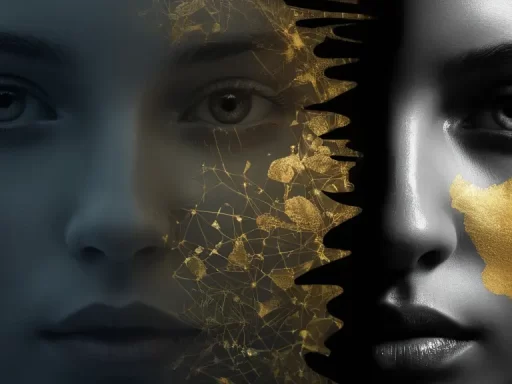
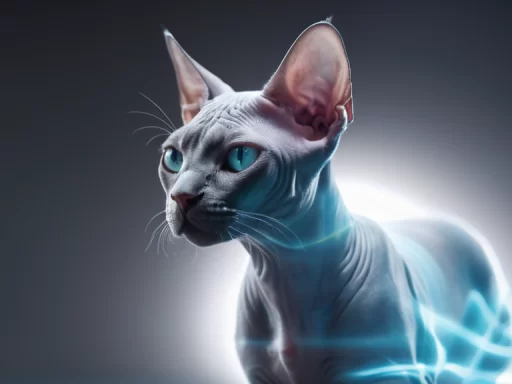
you can also use actual articulated figurines to take poses and photographand use in the AI prompts
That’s a great idea! This feature has great potential if you get a bit creative with it.
Wow, this is super interesting! I never thought about how important poses are in AI art. The Tengr.ai tool sounds like a game changer for getting those perfect poses. Gotta try it out!
Definitely give it a try, it’s a really cool feature with tons of potential! And we’re always working on improving all our tools, so it only gets better from here.